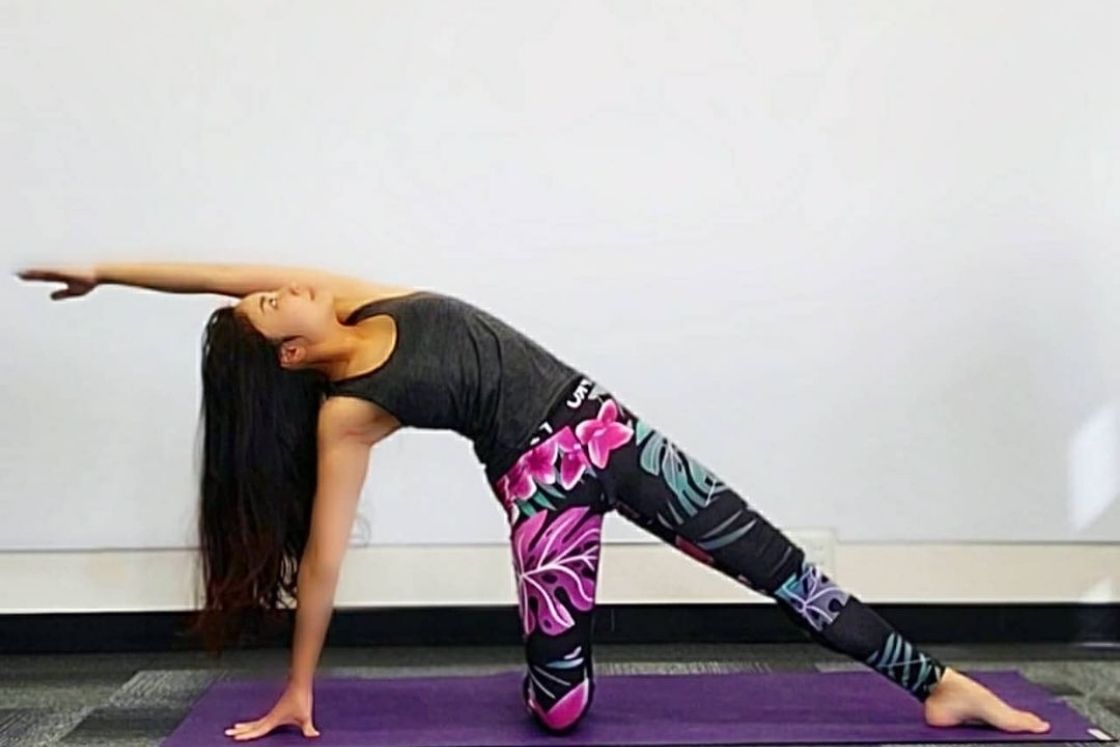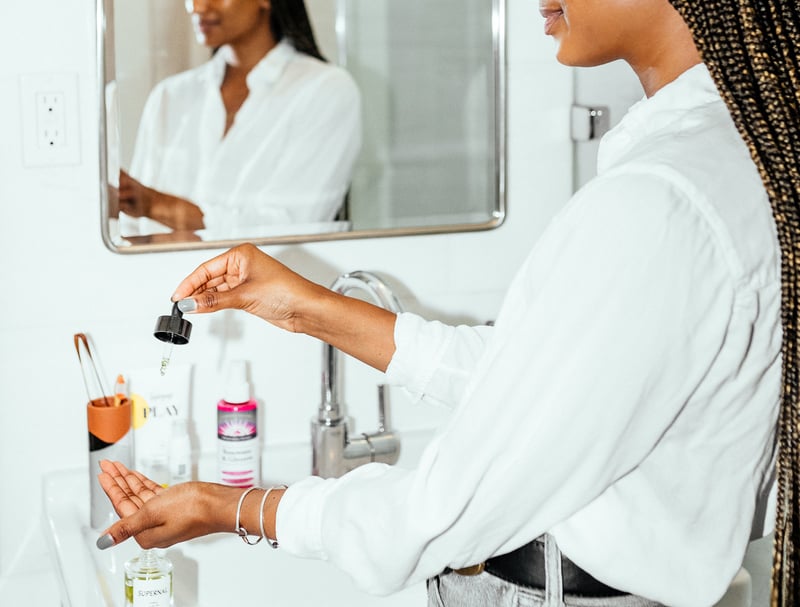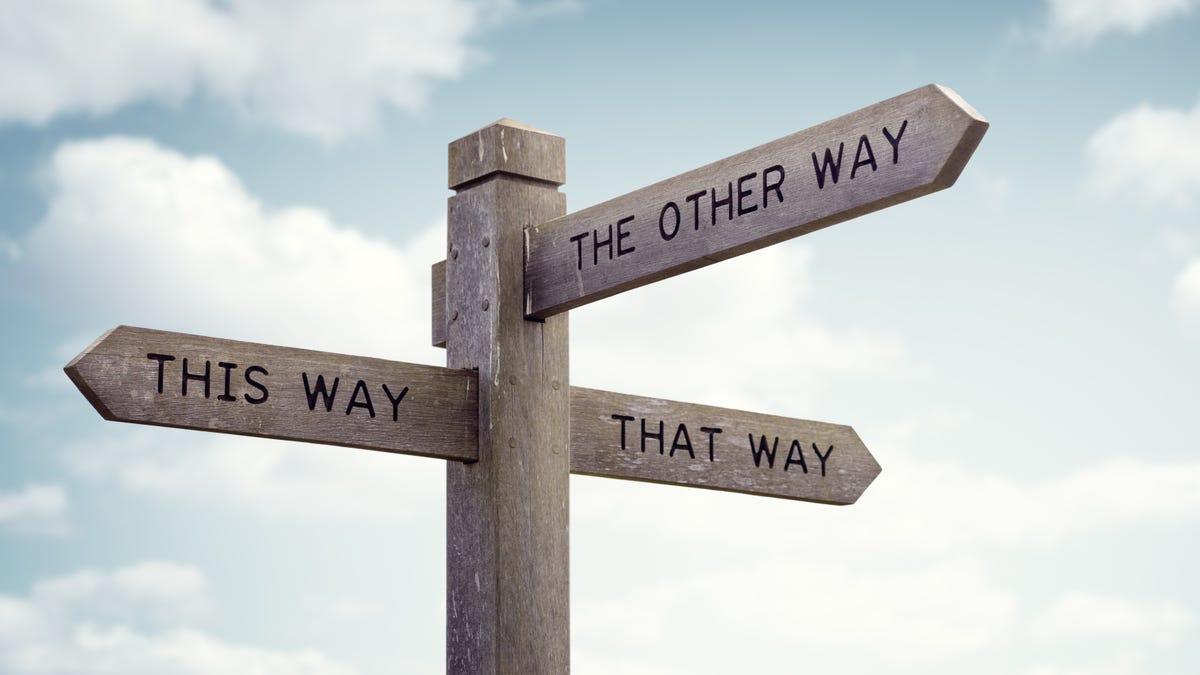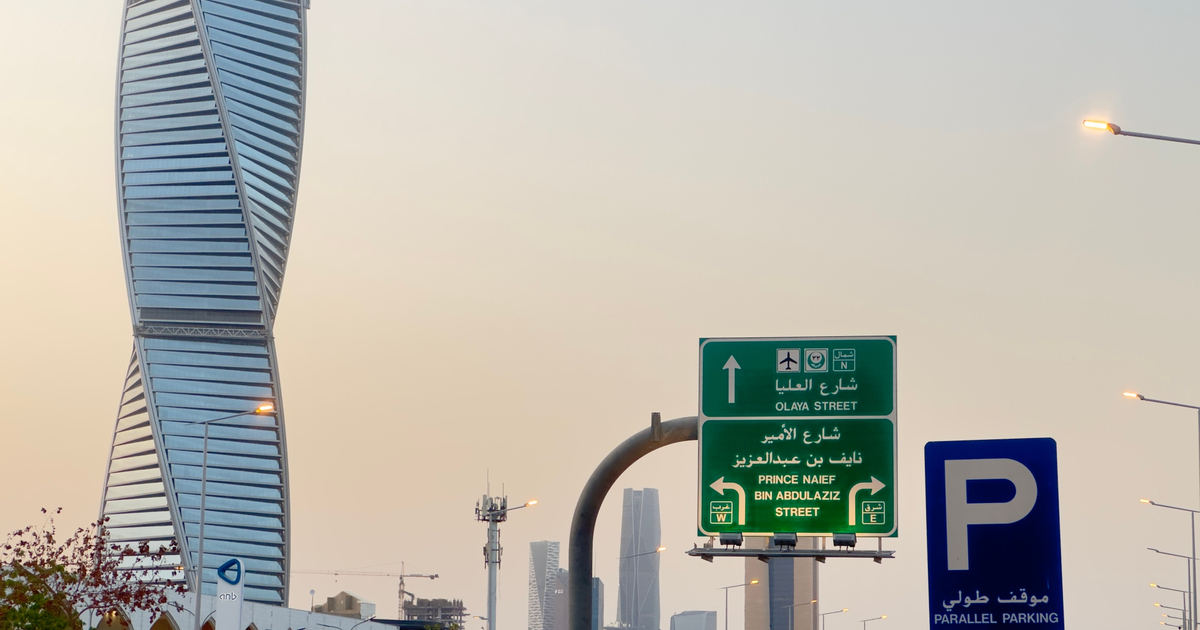How to Do Ardha Mandalasana (Half Circle Pose) and Its Benefits
Steps Beginner’s tips Benefits Variations Contraindication Sanskrit (Pronunciation) Ardha Mandalasana (ard-hah Man-d-al-ah-sah-nah) Common Half circle pose Type Standing/backbend side stretch Level Intermediate Stretches Triceps-biceps, Gluteus maximus, thighs, levator scapulae (side neck muscle) Strengthens Lower back, chest, shoulder Half circle...

 Image: kazuyo_aikyam_yoga / instagram
Image: kazuyo_aikyam_yoga / instagram | Sanskrit (Pronunciation) | Ardha Mandalasana (ard-hah Man-d-al-ah-sah-nah) |
| Common | Half circle pose |
| Type | Standing/backbend side stretch |
| Level | Intermediate |
| Stretches | Triceps-biceps, Gluteus maximus, thighs, levator scapulae (side neck muscle) |
| Strengthens | Lower back, chest, shoulder |
Half circle pose is a simple side stretching yoga pose that aids in chest opening. It is known as Ardha Mandalasana in Sanskrit, ardha stands for half, mandala means circle and asana means pose. When you get into the final position of this pose, your leg, torso, and arm make a half-circle-like figure.
In half circle pose the body posture is such that one leg (let’s say the left leg) is kneeling, while the right leg is extended to the side, with the foot grounded and toes facing front. The left hand rests on the ground to the left, while the right arm reaches up and over the head, palm facing down.
This posture is associated with mandalas, which are circular designs viewed as a reflection of the cosmos. Mandalas are sacred yoga symbols to help focus attention during meditation.
Ardha mandalasana is traditionally associated with the Muladhara (Root Chakra) as it stimulates and expands the hips and pelvic area. It also opens your lower ribcage and allows you to take deep breaths. Anatomically it activates your thymus gland and stimulates your immune system. It is an excellent pose to work on side flexion.
Step by step instructions
To perform ardha mandalasana, follow these simples steps:
Stand in a kneeling position on your yoga mat.Stretch your left leg out to the side and place the sole of your foot flat on the floor, toes facing forward. Your left foot will be in line with the right knee.Bring your right hand to the floor, just beside your right knee.Bending your left side of the body, stretch your left arm towards your head with the palms facing the floor.Turn your head to gaze at the left-hand fingers. Extend through the fingers and left foot toe to create the half-circle image on the left side.Keep your hips squared and facing forward along with a straight spine.Stay in this posture for 3-5 breaths. You will start deep breathing automatically as you come into this pose.
To come out, bring the left arm down towards the hips and gently come back to the kneeling position.
Beginner’s Tips
Holding a kneeling position in half circle pose may be uncomfortable for beginners or people having joint problems. Here are some tips to avoid that:
Keep a folded blanket under the knee for enhanced padding. Knee pads or a kneeling mat can also work to cushion your joints. A micro-bend in the knee of the stretched will be beneficial in the initial stages of the pose.You can use a block under the hand that will be kept on the ground if you have problems with bending completely. Using a block gives you extra elevation to support your position. If you have a stiff neck, you can keep your gaze forward instead of tilting the head back and gazing at the lifted hand.Benefits of Ardha Mandalasana
Ardha mandalasana is a fantastic frontal body opener pose. It focuses on the side body stretch. The deep opening of the chest improves lung capacity and the slight backbend promotes spinal decompression. Moreover, the side thigh muscles are also actively engaged.
Here are some key benefits of half circle pose:
Strengthens both sides of the body, allowing for the most balanced distribution of balance and strength.The hips and pelvic area are opened, as well as the thighs.Facilitates the use of the chest and, as a result, the diaphragm muscles are strengthened.The torso stretch lengthens the psoas muscles.The deep stretch opens the throat and stimulates the thyroid gland, promoting endocrine function.Ardha Mandalasana improves flexibility by stretching the spine.Reduces the effects of stress and soothes the nervous system by opening the chest.A profound sense of connection between the body and the mind is gained as it symbolizes the Universe in Half the Circle. With its connection to the Mandala, the half circle pose is a good way to achieve a meditative mind in a spiritual way.On a spiritual level, Ardha mandalasana is believed to be particularly good for uniting the sun and moon parts of the yogi’s personality.Variations and Modifications
1. Half circle pose on a chair
Instead of kneeling on the floor, you can perform this pose on a chair.
Sit on the chair with your left foot grounded on the floor. Stretch out your right leg sideways and bring your right arm overhead towards the left side. Your left hand can be placed on the left leg knee or thigh. The amount of stretch may not be the same however, it will help you develop the stability and strength to perform the pose.
2. Kneeling side bend
In this modified pose, you just perform the side stretch while remaining in the kneeling position on your yoga mat.
You can use a bolster or folded blanket under your knees as well as a yoga block under the hand that will come to the floor. It is a good way to just stretch one side of the body to remove stiffness in the shoulders and back.
To achieve a deeper hip and chest opening, take your extended leg slightly backward. Also, take your extended hand towards the back for a deeper stretch to the back muscles and spine.
Contraindication
People with these medical conditions should take precautions when performing half circle pose:
Chronic migraineIn case of surgery, injury, or inflammation in the hip, knee, shoulder, neck, or lower back, avoid practicing till you have recovered.Hernia patients should also avoid practicing the pose.Preparatory Pose
Camel Pose (Ustrasana)Gate Pose (Parighasana)Child’s Pose (Balasana)Hero Pose (Virasana)Table Top Pose (Bharmanasana)Follow up Poses
Side PlankExtended Side Angle Pose (Utthita Parsvakonasana)Wheel Pose (Urdhva Dhanurasana)Conclusion
Half circle pose targets the entire side muscles of the body, which often get neglected in other hatha yoga poses. Performing this pose with dedication can help you feel rejuvenated and reenergized on a different level.
About The Author
Ashish
Ashish is a certified Yoga Teacher having experience of teaching at various schools in India. He started learning yoga from renowned yoga schools in the world capital of yoga, Rishikesh. Through his teaching, he realized how Yoga & Ayurveda can be used to increase the longevity and wellness of one's life.

 Troov
Troov 
































